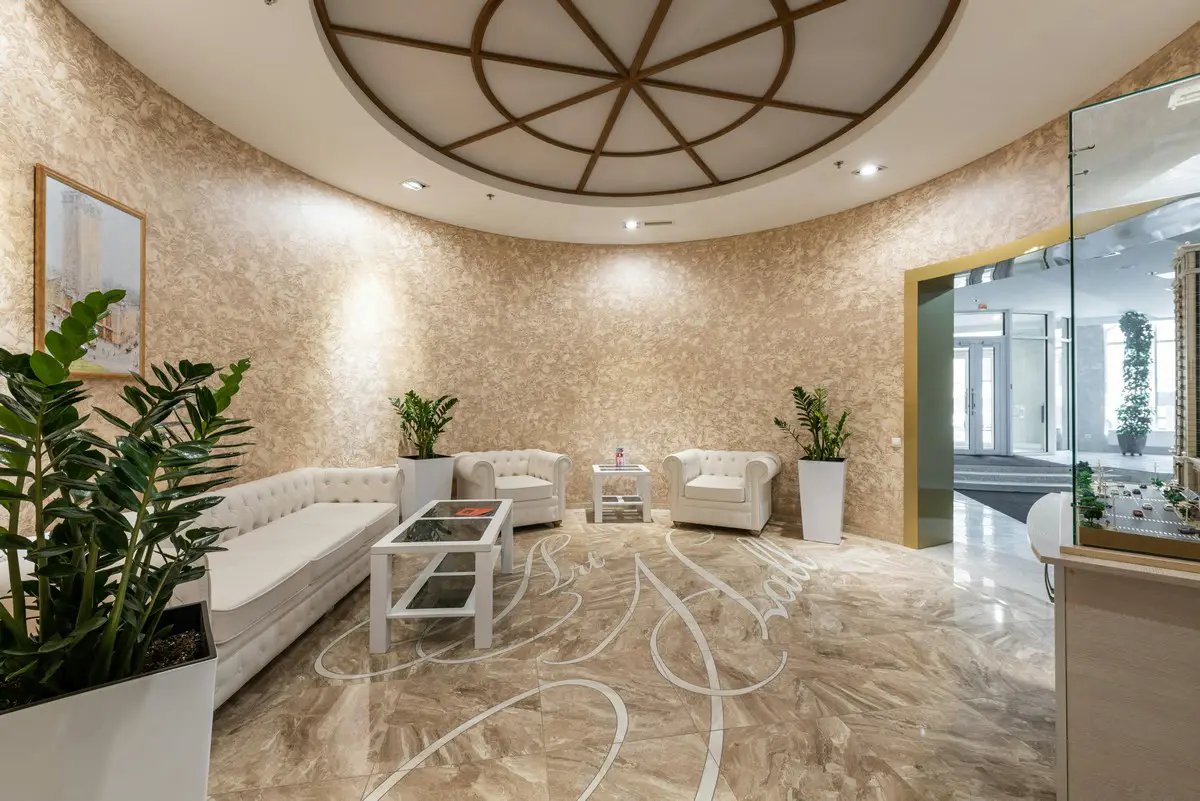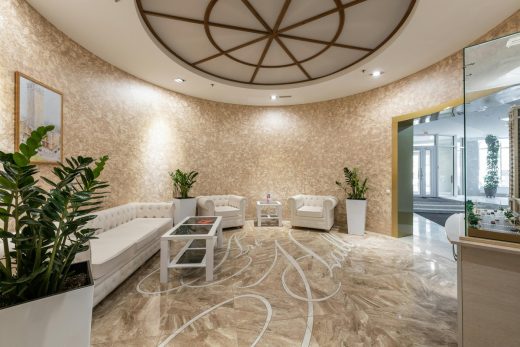Aspects that make a good hotel great, Comfortable hotel pampering, Spa massage services
Aspects That Make a Good Hotel Great
27 June 2024
Hotels are places associated with travel, relaxation and memories. While some stays are good, there are features and designs that make a hotel into an exquisite escape. From color schemes, tones and textures, all the way to the architectural features that evoke a sense of well-being simply by being in their presence, this article looks a little closer at what makes a hotel stand out from the rest.
An Enchanting Entrance
It seems obvious to say that the entrance leading into the lobby is the first glimpse and impression a tourist or traveler will get of a hotel. So, wouldn’t it also be obvious that this space needs to be special? Any traveler knows that waiting lines, long flights and delays are only worth it because you can be sure that the destination, and with it the accommodation, will make up for the strenuous journey.
When you get out of the cab, bus or train, it’s essential that guests feel at home immediately. Picture water features, friendly staff and welcome drinks as you enter a place. High ceilings are perfect for dreamers and many prefer common areas, like the lobby or study, that are modern, clean-cut and tidy,but with a warm aura and soft lighting.
Of course, every single person is different and has their own idea of what makes a great hotel, but the general consensus is that service, cleanliness, price, location, management and especially the hotel’s environment are what stand out. The third aspect, price, is a very important one that to some extent determines the standard of the hotel. However, you don’t have to charge 5-star prices to provide guests with luxury. Luxury hospitality begins with a signature property, meaning a unique design that reflects the location and external elements, as well as the first impression made. These are only some reasons to change your hotel lobby design—you never get a second chance to make a first impression.
A well-situated, beautifully designed hotel is only the start. Guests can get a good or bad feeling in a matter of minutes, and if the entrance or lobby area is incredible they’re far more likely to have an enjoyable stay.
Now, there’s no need to go crazy and overinvest, that wouldn’t be a stellar financial decision. Simple changes make a massive difference: for example, stripping away some of the formality by repurposing the reception desk and exchanging it for much friendlier seating has an instant cozy effect. Think about a personable check-in experience, that’s the cornerstone of redecorating or revamping your entrance area. This also allows for staff to feel more comfortable, and stellar service, driven by devoted hotel staff, is what makes a great property come alive.
It’s All About the Vibe
While people ultimately see with their eyes, the feel, hear, smell and taste with other sensory organs. A beautiful hotel caters to each and every sense. It’s said that smell is one of the strongest of the senses, reminding and bringing people back to the exact place they first smelt something even years later. If a hotel manages to be pleasing on the eye, and then additionally create unique and unforgettable experiences for the traveler by arousing other senses, that would be the ultimate goal for both the hotel exterior and interior design.
There’s hardly a person out there who doesn’t love a good story, especially if it’s told well. The same applies to hotels: think of it as telling a story. If you are thinking about building or redesigning a hotel, the pivotal point is creating a unique concept, which lays the foundation of the space and shapes the identity of the hotel, and in turn the guest experience. Make sure that the forms, materials and functionality of different spaces throughout the hotel reflect your concept and design inspiration—try to keep it as simple as possible. Mixing architectural designs and ideas can fast become challenging to grasp and perhaps even overpower the guests’ senses.
The vibe of the hotel’s architecture and design concept should match, or at least be featured, in the hotel’s facilities, like wellness areas or restaurant and food branding (if you are going to have an in-house restaurant). While simplicity is the key, a hotel also has to offer something different—a signature experience so to speak. Another aspect that affects the overall look and feel of a hotel, albeit not front of house, is the operational procedure, meaning how the hotel runs, which should align with the main idea.
The last cornerstone of success is hotel branding and communication strategies; these should be incorporated into the space and truly align with the holistic approach to targeting and arousing the guests’ senses. While walking into the hotel will be your first physical encounter, telephone and text communication with staff may happen months in advance, and this sets the stage for whether a guest has a positive or negative impression before they even see the space.
What a Feeling
There’s a saying that goes something like this: people will forget what you said, but not how you made them feel. Luxury hotels don’t necessarily have to cost the world, but they must be designed to be a haven for the senses and an oasis of peace. While the features that matter most in a hotel include luxury, comfort and convenience, what stays with guests and encourages positive word of mouth is how they felt before, during and after their stay.
The best way to create and design a fantastic hotel is to put yourself in the guests’ shoes for a moment. Picture what you would like to see when you walk through the door, what smells would make you linger, what music would make you jolly and what overall feeling you want to have and associate with your brand.
Then, once you’ve made a mental image and cemented it, put it on paper and get a talented team together that can bring your creation to life. And lastly, opt for quality over quantity. It’s better to have eight bedrooms that are spacious, well-lit and well-ventilated than to have 20 without comfortable bedding and furniture made of high-quality materials. Really dive into what you would enjoy in terms of hotel design, and then realize your vision.
Comments on this Aspects That Make a Good Hotel Great article are welcome.
Luxury Hotel Architectural Design
Luxury Hotel Architectural Designs
NoMad London, 4 Bow Street, Covent Garden, central London, England, UK
Design: Roman and Williams
NoMad London Hotel, Covent Garden
Metric Hotel, Westlake community, Los Angeles, Southern California, USA
Design: Aaron Neubert Architects
Metric Hotel
Property
Contemporary Property Articles – architectural selection below:
Comments / photos for the Aspects That Make a Good Hotel Great page welcome






